This approach is flawed.
It puts way too much work on the shoulders of the solicited business.
When soliciting for donations, whether of items or money, make it as easy on the other party as possible. Your nonprofit should always do most of the work.
Don’t ask the business to list what they would like to donate, instead provide them a list of things you suggest they donate.
Don’t ask the business to drop-off or mail their donations, offer to come by and pick the items up yourself.
I’d also love to see more nonprofits make the switch from paper donation requests, to emailed ones. Everyone has email. There’s no reason to spend time, money, and paper printing out and mailing donation requests. Save the trees and send it through email.
As donations start coming in for your silent auction, there’s one more thing I would encourage everyone to do. Thank your donors for their generosity over social media and show off the item they donated. There’s no substitute for making people feel appreciated and good about their donation. Bonus: You’ll make them feel good about the prospect of supporting your nonprofit in the future.

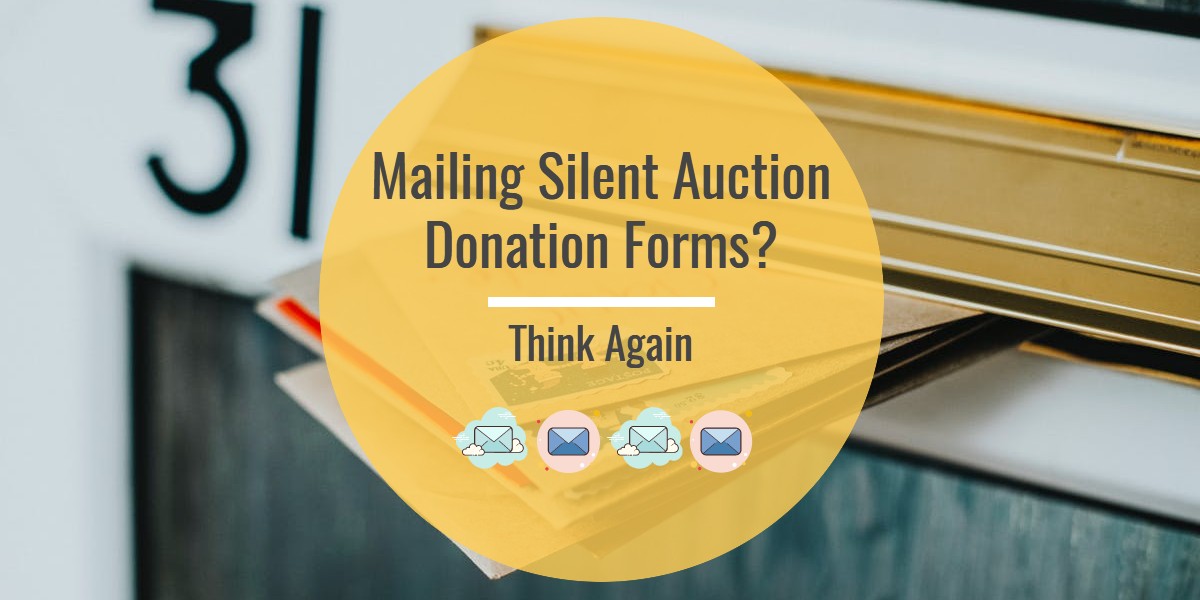



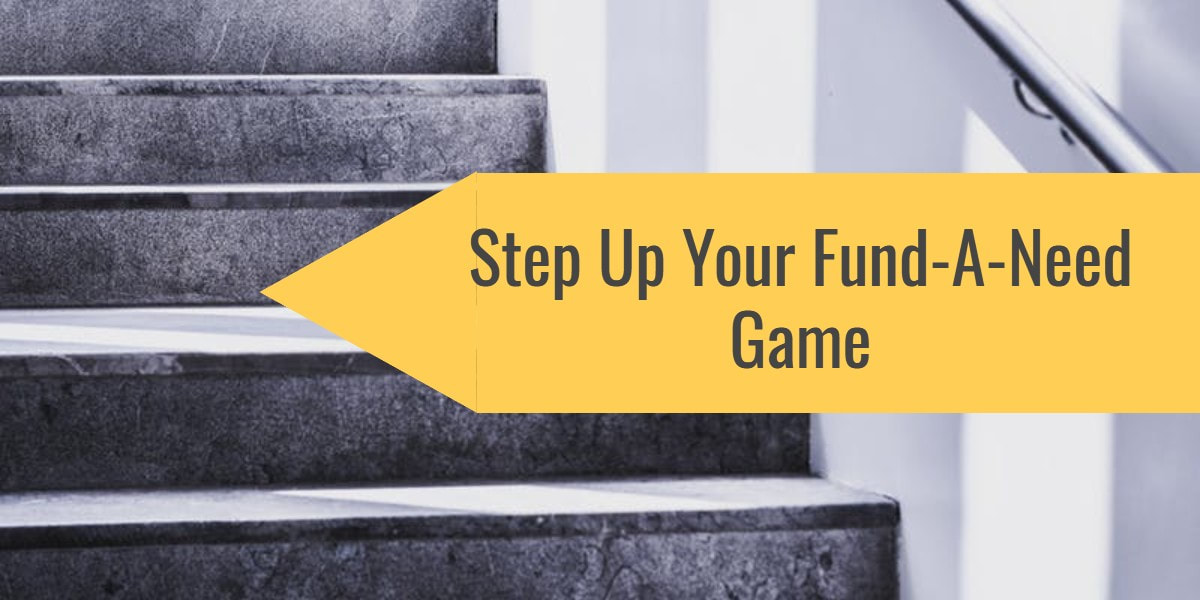
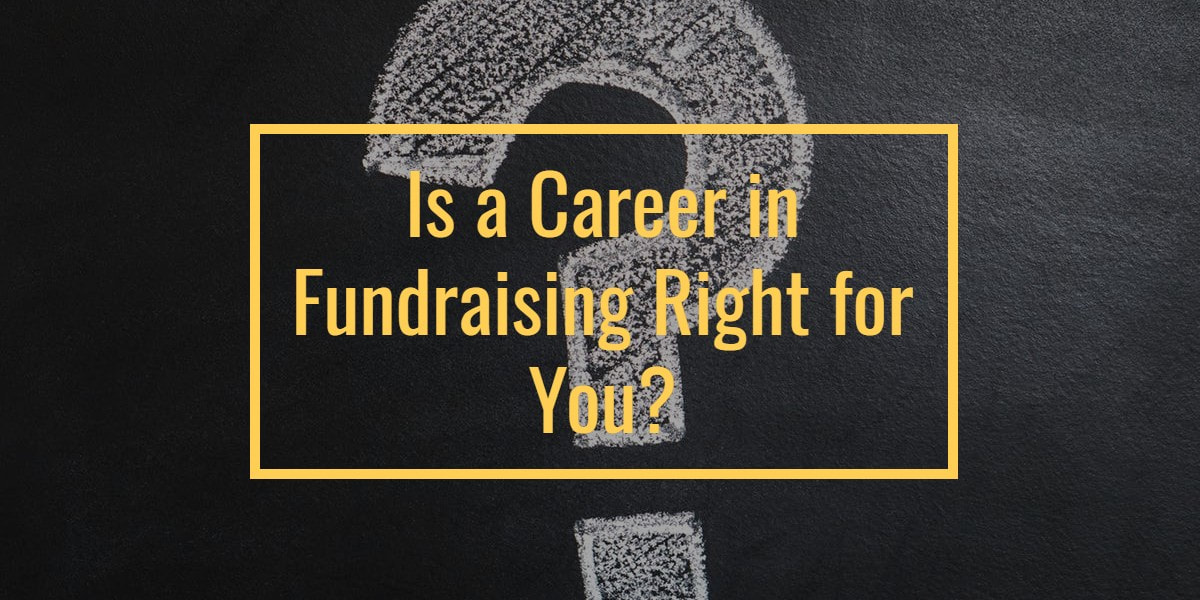
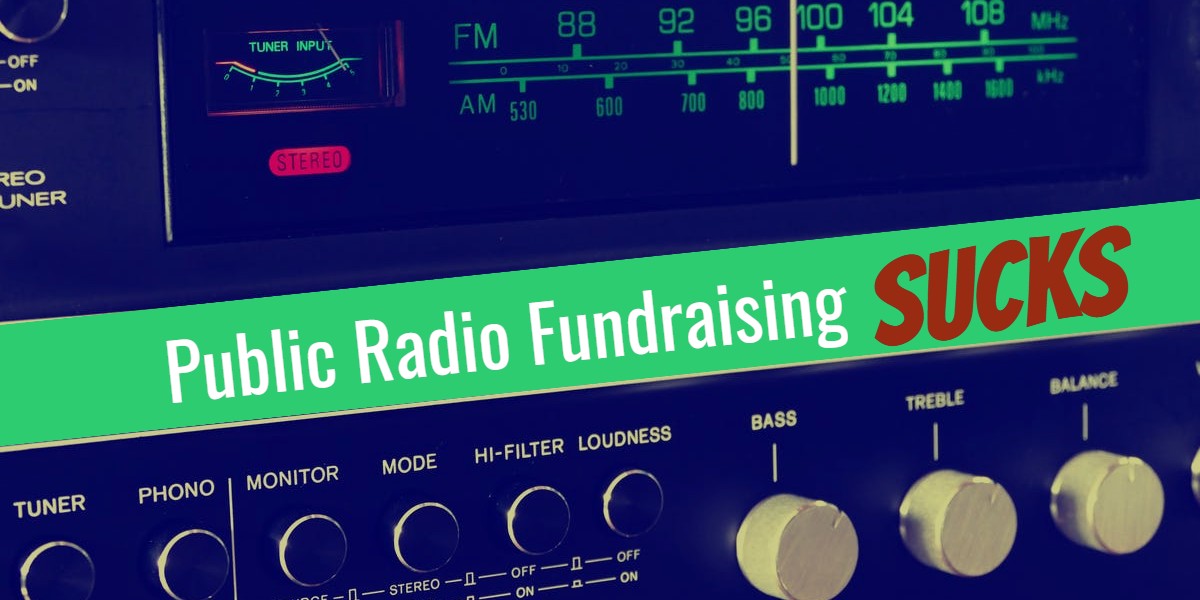
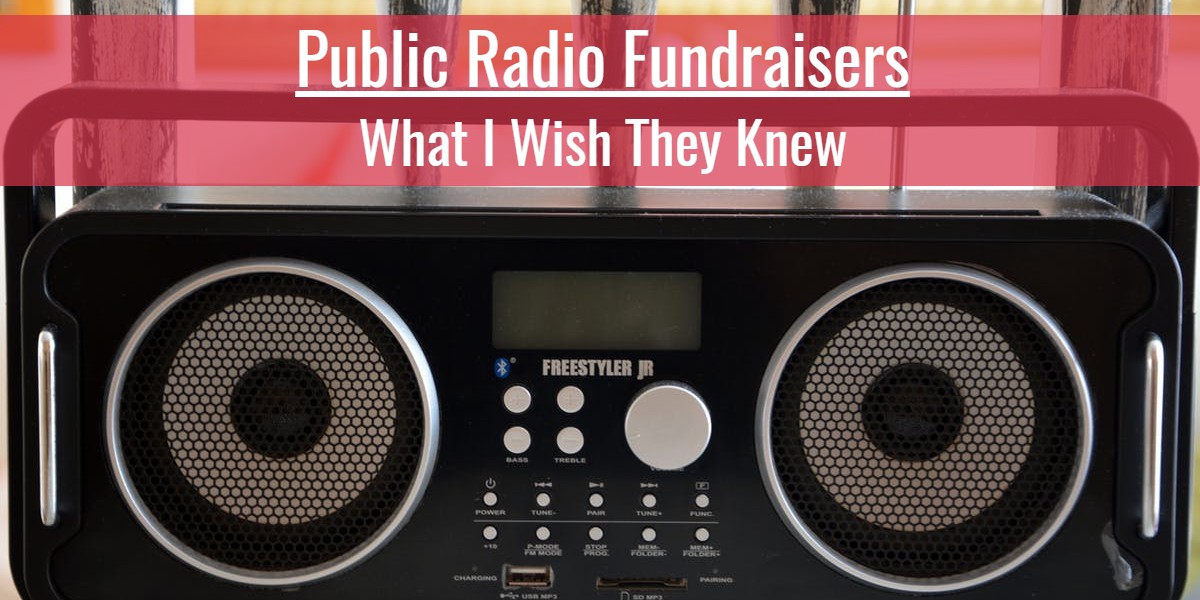
 RSS Feed
RSS Feed